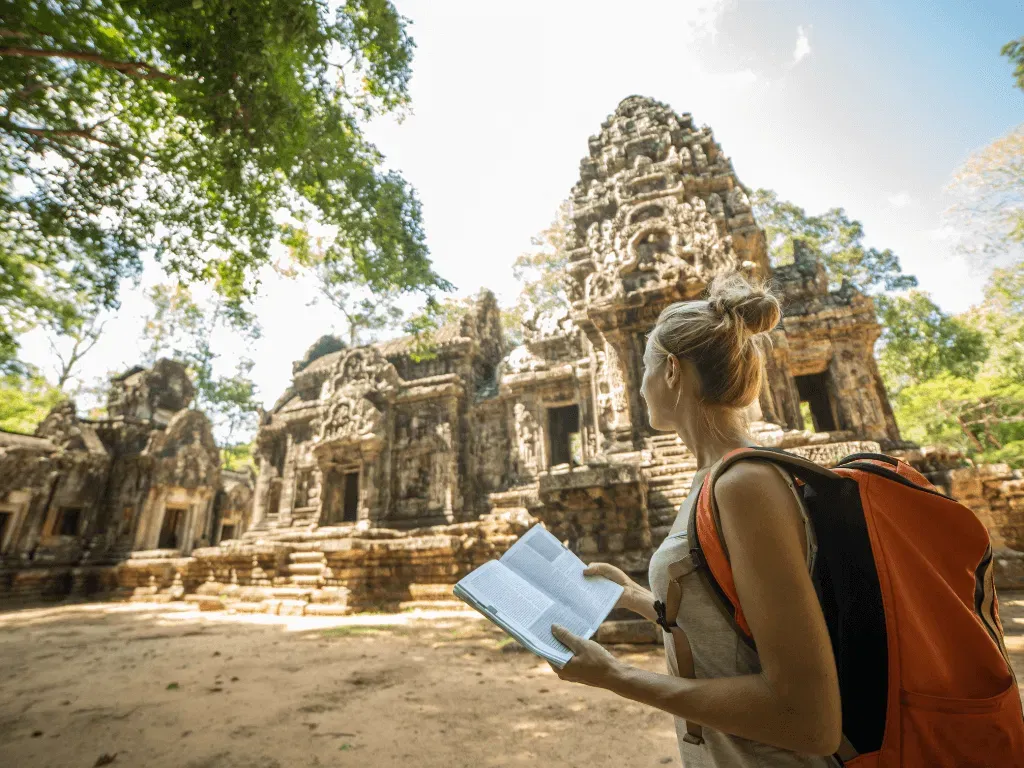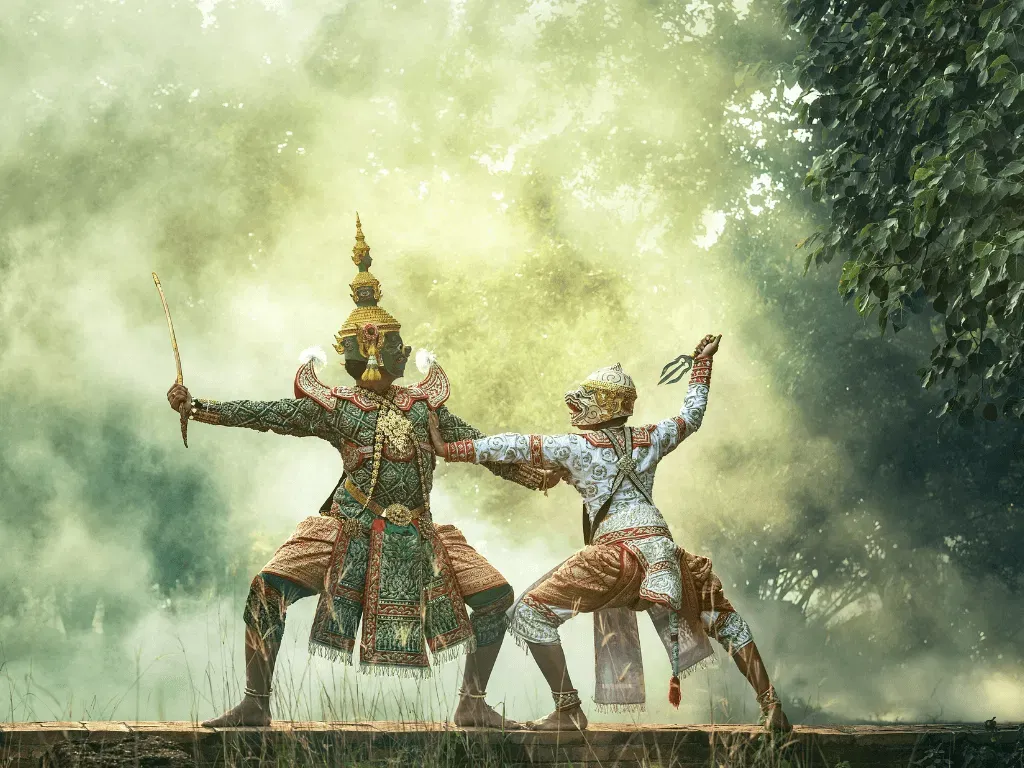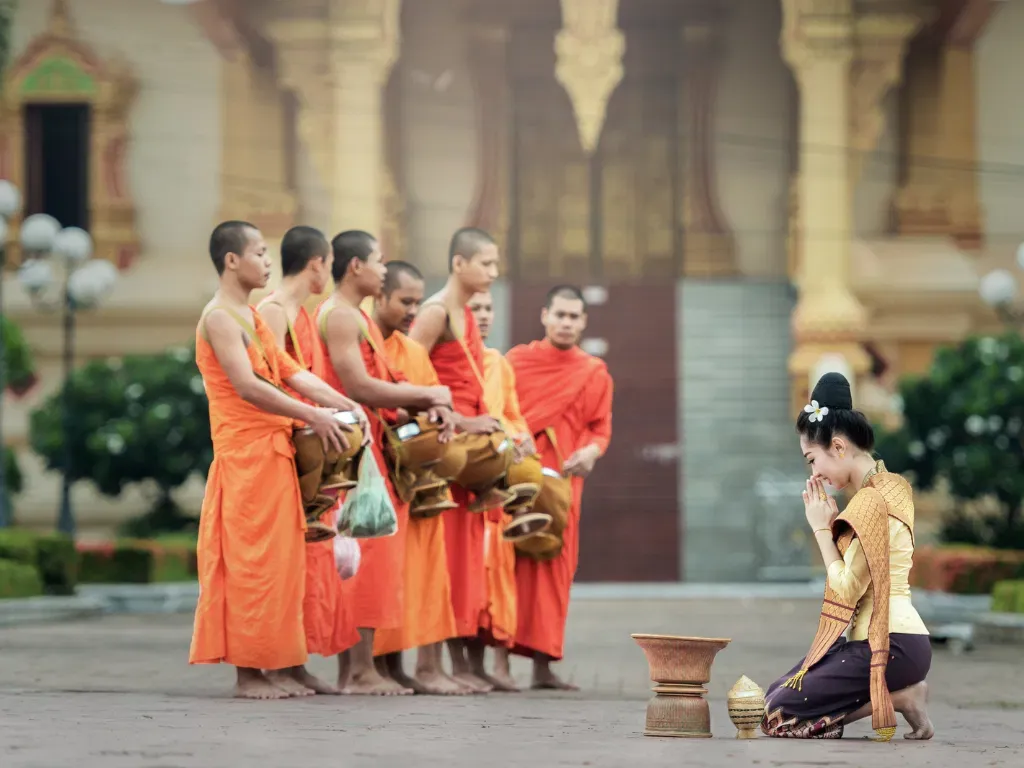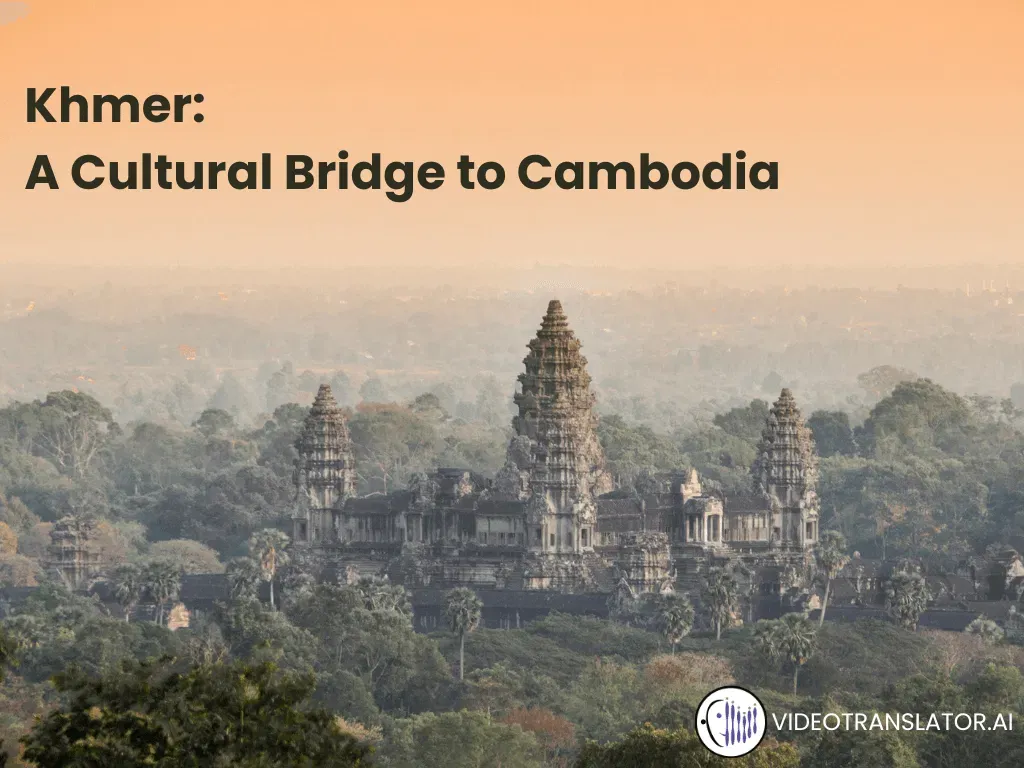The Khmer language, also known as Cambodian, is a fascinating linguistic treasure that holds a rich history and distinctive features. Spoken primarily in Cambodia, it boasts a unique set of characteristics that sets it apart from other languages around the world.
What is Khmer?
Khmer, also known as Cambodian, serves as the official language of the Kingdom of Cambodia. Additionally, it is spoken in various dialects by millions in northeastern Thailand (Surin Khmer) and the Mekong Delta region of Southern Vietnam (Khmer Kraom).
The influence of Khmer has extended into neighbouring languages, notably Thai to the West and Vietnamese to the East. During the 19th century, Cambodia came under French colonial rule, leading to the incorporation of French terms, particularly in scientific and medical fields.
In its native form, most Khmer words are concise, typically consisting of one or two syllables. Words with three or more syllables are likely borrowed or newly constructed, often drawing from Sanskrit and Pali, significant ancient languages of India. While administrative, military, and literary terms have been borrowed from Sanskrit, the rise of Theravada Buddhism in the 15th century shifted the focus towards Pali as the primary source for creating new words.

Brief History of the Khmer Language
Khmer is one of the oldest languages of Southeast Asia. The roots of the Khmer language can be traced back over a millennium. It has evolved over time, influenced by neighboring cultures and historical events. Sanskrit and Pali, ancient Indian languages, played a significant role in shaping Khmer vocabulary, especially in religious and academic contexts. Additionally, interactions with neighbouring countries such as Thailand, Vietnam, and Laos have contributed to the language’s diverse linguistic influences.

During the French Colonial period, the French language had a substantial impact on the Khmer language, leading to the introduction of French loanwords and changes in language structure. Various efforts were made to purify the Khmer language from French influence after Cambodia gained its independence in 1953. Today, Khmer remains the dominant language in Cambodia, although it is not immune to the influence of foreign languages. Traditional Khmer literature, music, dance, and religious texts are still valued and taught as part of cultural preservation.
Example of Khmer
Khmer follows a Subject-Verb-Object (SVO) word order in simple sentences. For example:
កូន (kun) [subject] កិត (kit) [verb] សាត (saat) [object] - “The child writes a book.”
One unique aspect of the Khmer language is its complex system of honorifics. The use of specific words and phrases to show respect and social hierarchy is deeply ingrained in Khmer culture.
For instance, addressing elders or people in higher positions requires employing distinct linguistic forms that convey reverence and politeness. This intricate system of honorifics adds depth and nuance to interactions in Khmer society.
Why Khmer is Unique
1. Elaborate Pronunciation
Khmer has a wide range of distinct sounds, including various vowel and consonant combinations, making it a phonetically diverse language. Although officially spoken Khmer is not a tonal language, the informal Phnom Penh dialect has acquired a tonal distinction (between level and peaking tones) due to the elision of /r/.
2. Unique Script
The Khmer script is an abugida, where each character represents a consonant sound with an inherent vowel sound. The script’s elegant and flowing appearance is distinctive, and it has remained relatively unchanged for over a thousand years. Cambodian has 44 consonants, including 33 regular symbols and 11 others modified by diacritics. In a Khmer text, there are no spaces between words; visible spaces are used to indicate the end of a clause or a sentence.
3. Politeness and Honorifics
The system of honorifics in Khmer is intricate and plays a crucial role in social interactions. It reflects the cultural emphasis on respect and hierarchy, making it an essential aspect of the language.
For example:
1. In Khmer, the formal and courteous greeting is “Jom-riab-sua,” while “Sua-sdey” is more informal and suitable for casual situations, akin to the English equivalent of “Hello.” “Jom-riab-lia” is the formal way to bid farewell.
2. Using title nouns like “Look” (Sir, Mr., addressing a male speaker) and “Look-srey” (Madam, Mrs., addressing a female speaker) can also function as pronouns to convey respect and courtesy.
3. For affirmatives, “Baat” (for male speakers) and “Jaa” (for female speakers) correspond to the English term “Yes.” When placed at the beginning of a sentence, “Baat” or “Jaa” signals politeness. For instance, “Jaa/Baat, jom-riab-lia, look.” translates to “Goodbye, Sir.”

Conclusion
The Khmer language stands as a testament to the rich cultural heritage of Cambodia. Its unique features, including an intricate script, elaborate pronunciation, and a nuanced system of honorifics, set it apart in the linguistic landscape. Preserving and celebrating the Khmer language is not only essential for maintaining cultural identity but also for appreciating the linguistic diversity that enriches our global community.
Source:
https://avantpage.com/blog/rare-languages-khmer/
https://www.ohio.edu/cis/asian/languages/khmer
https://www.guinnessworldrecords.com/world-records/longest-alphabet



